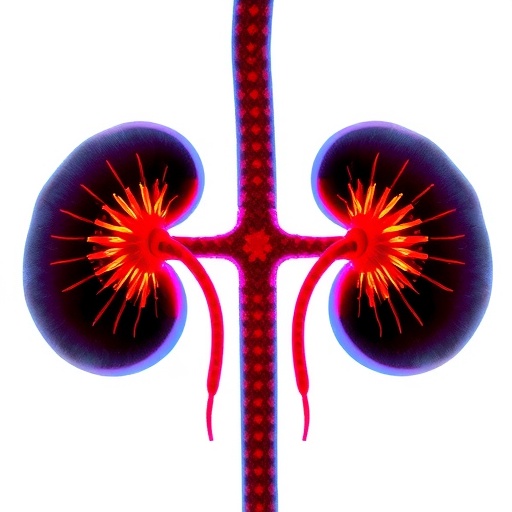Could we get rid of mosquitoes without polluting the environment? Yes, we can, say researchers. The BinAB toxin, produced in crystal form by a bacterium, specifically kills the larvae of Culex and Anopheles mosquitoes, but it is inactive on tiger mosquitoes (or Aedes), the vectors for dengue fever and chikungunya. Knowledge of the molecular structure of BinAB is necessary if we are to broaden its spectrum of action. Having long been inaccessible, this structure is now being published on 28 September 2016 in Nature by an international consortium involving scientists from the Institut de Biologie Structurale (CNRS/CEA/Université Grenoble Alpes) in France, and UCLA, UCR and SLAC in the USA.

Credit: © Mari Gingery (left) / Jacques-Philippe Colletier (right).
Mosquitoes are vectors for numerous devastating diseases, including malaria that is spread by Anopheles mosquitoes, and filariasis transmitted by Culex mosquitoes. The BinAB toxin, produced in the form of nanocrystals by the bacterium Bacillus sphaericus, specifically targets the larvae of these two groups of mosquitoes. A complex, five-step intoxication process (see insert, below) explains the environmental safety of BinAB, which is harmless to other insects, crustaceans and humans. BinAB is therefore used in many countries to regulate mosquito populations.
Unfortunately, the strength of BinAB is also its weakness: the toxin is ineffective on the larvae of Aedes mosquitoes, which spread the viruses for Dengue, Zika and chikungunya. A remodeling of BinAB might allow a broadening of its spectrum, but to achieve this it is necessary to understand its structure. X-ray crystallography is an excellent method to reveal the structure of a protein, but it is generally only applicable to large crystals measuring around a tenth of a millimeter. Yet, the nanocrystals of BinAB that develop in vivo only measure ten-thousandths of a millimeter, and once dissolved, the toxin does not recrystallize.
An international consortium of scientists led by Jacques-Philippe Colletier, CNRS scientist at the Institut de Biologie Structurale (CNRS/CEA/Université Grenoble Alpes), Brian Federici, Professor at the University of California, Riverside (UCR) and David Eisenberg, Professor at the University of California, Los Angeles (UCLA), has just published this structure, solved by working on natural nanocrystals.
Faced with the obstacle of the small size of these crystals, they employed a new type of X-ray source, a free-electron laser, delivering ultra-short but highly intense X-ray pulses. Because nothing was known of the structure of BinAB, a purely experimental approach for structure determination (de novo phasing) was required, which had previously only been applied to samples of known structures in order to demonstrate its feasibility.
Thus the structure of BinAB is not only the first to have been solved from such small crystals (~ 300 nm) but also the first unknown structure to have been revealed de novo using a free-electron laser. This raises hopes of solving structures from smaller and more complex natural assemblages, such as organelles, the constituents of cells.
More immediately, understanding the structure of BinAB opens the way towards broadening its spectrum of action, with the aim to develop a “three-in-one” toxin that can target the larvae of three types of mosquito: Aedes (in order notably to control the spread of Zika virus), Culex (the vector for filariasis) and Anopheles (the vector for malaria).
Web Source: CNRS (Délégation Paris Michel-Ange).
Journal Reference:
Jacques-Philippe Colletier, Michael R. Sawaya, Mari Gingery, Jose A. Rodriguez, Duilio Cascio, Aaron S. Brewster, Tara Michels-Clark, Robert H. Hice, Nicolas Coquelle, Sébastien Boutet, Garth J. Williams, Marc Messerschmidt, Daniel P. DePonte, Raymond G. Sierra, Hartawan Laksmono, Jason E. Koglin, Mark S. Hunter, Hyun-Woo Park, Monarin Uervirojnangkoorn, Dennis K. Bideshi, Axel T. Brunger, Brian A. Federici, Nicholas K. Sauter, David S. Eisenberg. De novo phasing with X-ray laser reveals mosquito larvicide BinAB structure. Nature, 2016; DOI: 10.1038/nature19825
The post Structure of the BinAB toxin revealed appeared first on Scienmag.




